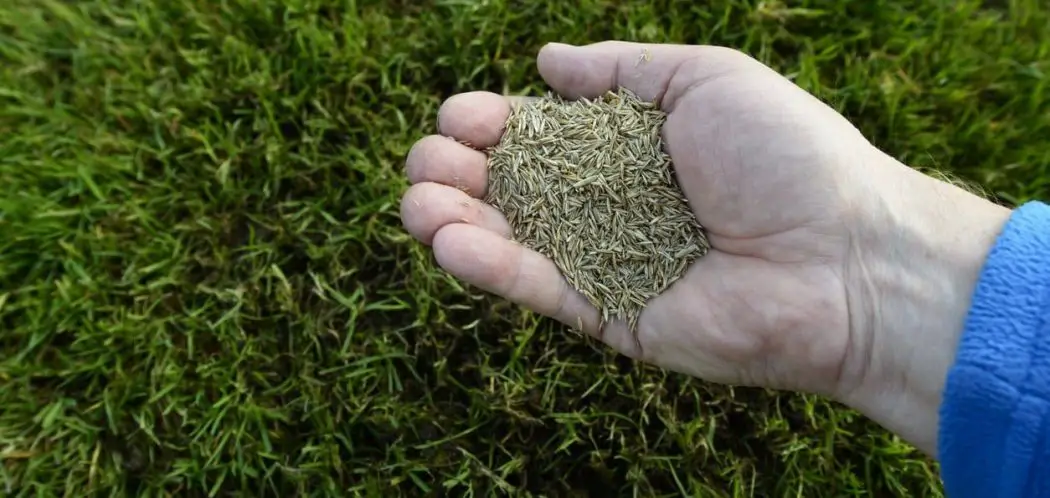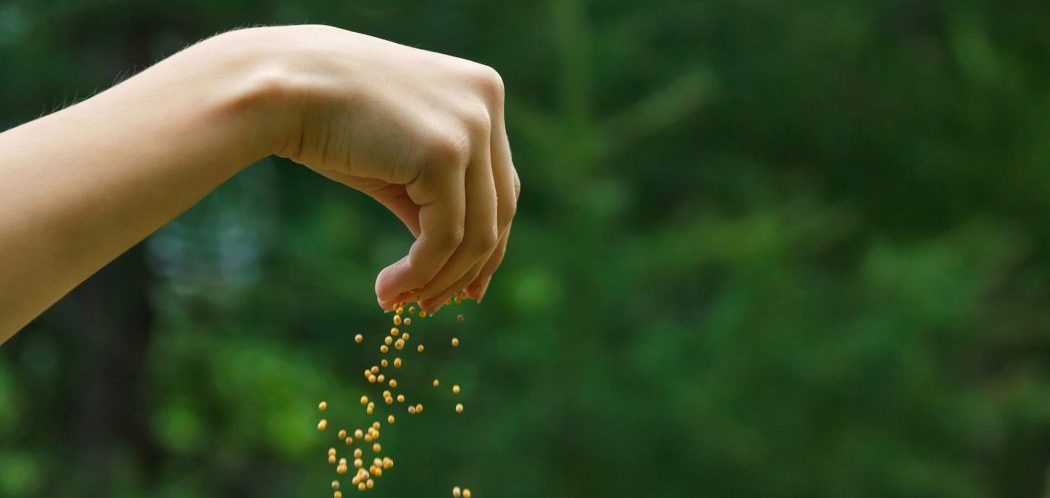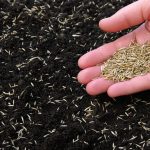When you plant anything, including grass, it will develop roots in the soil that give the plant the water and nourishment that it needs to grow and thrive. If you plant too much grass seed, there will be more competition for these important nutrients.
People often wonder if they can put too much grass seed down; continue reading to find out.
The short answer…
It is certainly possible to put too much grass seed down. Using too much seed is not only wasteful, it also provides more competition for nutrients and water that the seedlings need to grow. Using too much grass seed will likely result in a decreased germination rate.
Consequences of Too Much Grass Seed
There are a number of consequences to putting down too much grass seed. First of all, the seedlings will have to compete for space, moisture, nutrients, and sunlight. Some of the seeds will grow more quickly, while others will not be able to develop the root system they need to be healthy. The seedlings will have to compete with each other to survive and some will not make it.
In addition, the seedlings that do survive are not able to develop a strong root structure. They will not have enough nutrients, which can cause the blades of grass to be thinner and they will not hold up as well to traffic and other environmental conditions. In the hottest part of the summer, the grass will be weaker and can die back more than it would otherwise.
Another consequence is a reduced germination rate. Some of the seeds won’t germinate because they need to have contact with the soil. The seeds that fail to germinate will also block the other seeds, so it will take them longer to germinate.
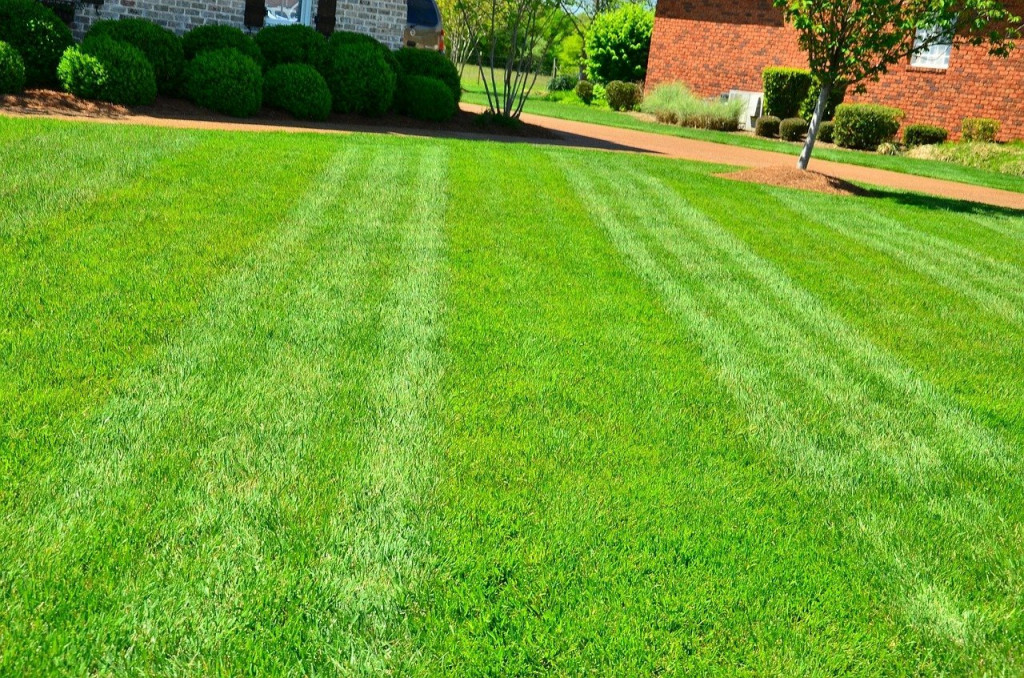
Factors Affecting How Much Seed You Will Need to Put Down
The first thing you need to know is how much space you plan to seed. You can measure it by acre or by square foot, but you need to know how much space you have.
You should look at the recommendation of the seed company to find out how much seed to use.
Some need a pound for every 200 square feet, while others can cover 1000 square feet with the same amount of seed. You need to water it right away and you should make sure that the soil is prepared to receive it. The amount of seed is determined by the type of grass and the recommendations of the company that packaged it.
The Importance of Paying Attention to the Label
When you buy grass seed, it is very important to pay attention to the label. When you read the label, you will find out if it is one type of seed, which will have one name, or a variety of seeds, which is a blend of more than one type of seed. In addition, you can determine the quality of the seed from reading the label. For example, if a label says “variety not stated,” then you are dealing with a lower-quality seed.
Once you find out what kind of seed is on the label, you can find out the percent purity. Excellent-quality seed is 98% purity or more, and good-quality seed usually has an 80% to 90% germination range. Look to see if the seed was tested, and you should also check the “sell by” date to make sure that the test hasn’t expired.
At the bottom of the label, you will see “crop seed,” which is the percentage seed from another crop. It should be less than 1.5%. Another line has “inert matter,” which is the parts of a plant that weren’t cleaned. This should be in the 2% to 5% range. Finally, weed seed should be less than 0.15%.
You will also learn how much seed you need for a specific area. The label is packed with important information that lets you know the quality of the seed, how much you need, and what it is made of. You should learn how to read a label and pay close attention to it.
How to Calculate How Much Grass Seed You Will Need
The first step in calculating how much seed you need is to know how large the area is that you plan to seed. If your lawn is in the shape of a square or a rectangle, you can measure the length and the width, and then multiply these numbers together to determine the square footage. If you have a circle, you should find the radius. You will measure across the widest part of the circle and then divide it by two for the radius. You can multiply the radius by itself, and then multiply that number by pi, or 3.14, to get the area of the circle.
Once you know the area you want to cover, you can consult the bag to find out how much that seed covers. They will tell you by square foot, so if you know you have an acre, it is important to know that an acre is equal to 43,560 square feet.
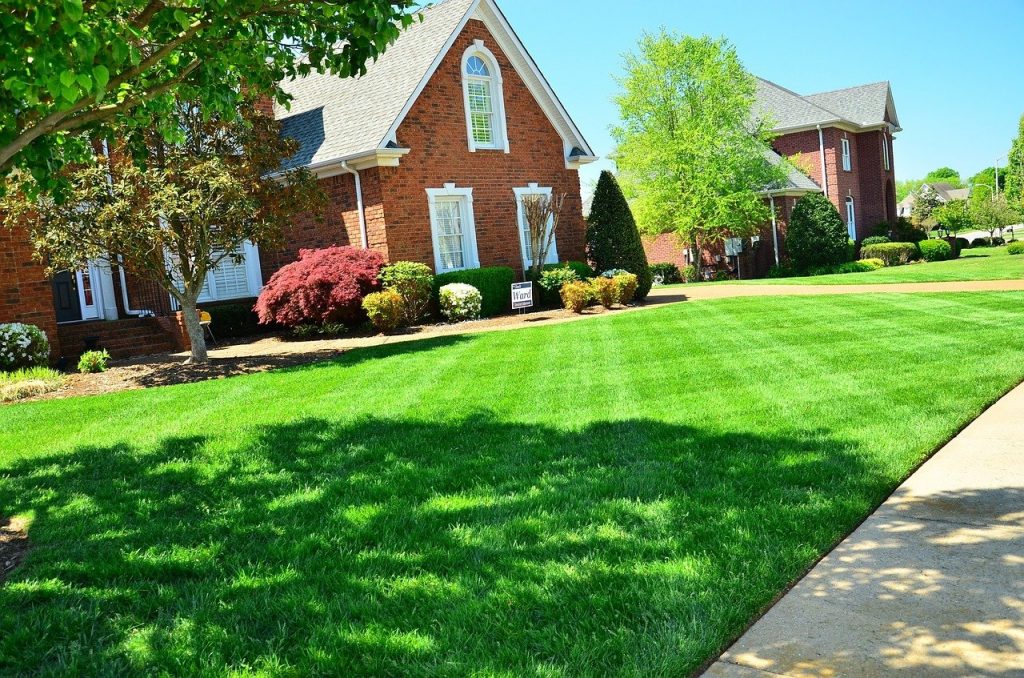
Advantages of Using a Broadcast Spreader
A broadcast spreader uses blades that spin to cast the seeds to the sides and the front of the spreader. One advantage to using it is that it can cover a larger area more quickly than a drop spreader. They come as a push spreader or a tow behind and they are easy to use. If you have a large lawn, this will make your job a lot easier.
Final Words
It is important to know the size of your lawn so that you use the ideal amount of seed to plant your lawn. You can use too much grass seed and it will produce a lower-quality lawn. Learn how to read the labels so that you can choose the best seed for your lawn and plant the ideal amount.

